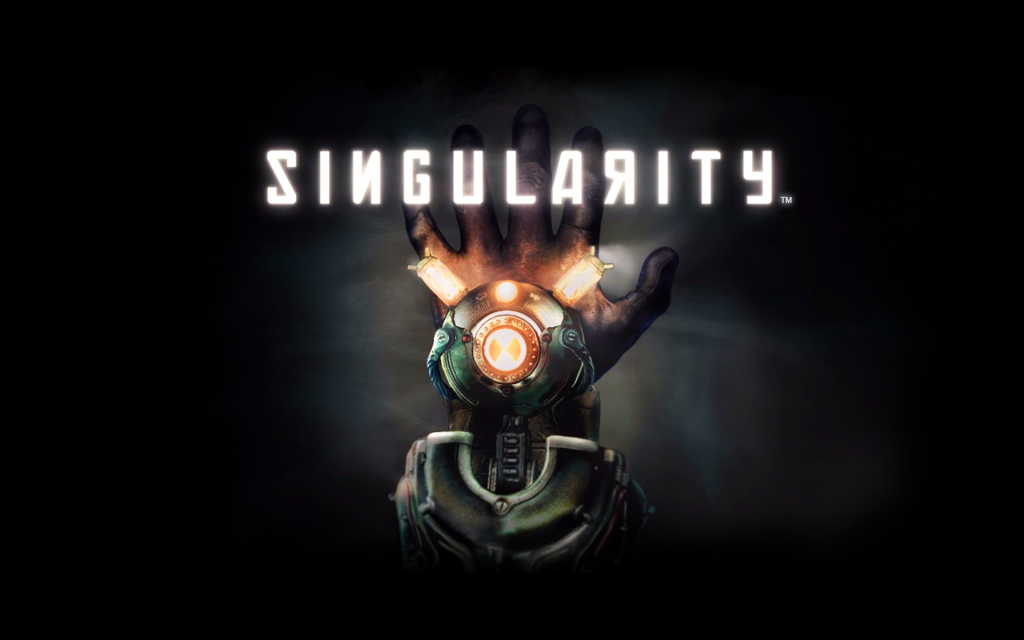Rigging:
This week I rigged our robot model and the newspaper, which can be used for layout and animation.
Robot

The robot has ik&fk arms and global Ctrl, which is suitable to animate different kind of animations. A space switching attribute is created to allow the arm to follow the world space or the robot itself. I also create SDK groups to let animator make robot’s fingers grab animations by using attributes, which is much faster than animating with finger controlers.


I asked my teammate to test this rig and it works correctly. Recently the elbow is a weighted skin, which may be replaced by a rigid elbow component later.
Newspaper



I also did a newspaper rig, which can be folded and open. Each corner of the newspaper can be bended individually and a single page can be turned by using ik controls on it, which fits the requirement of our animation. I also create two controlers on both sides of the newspaper so that animator can animate a folding animation by adding constains to the controler and character’s ik arm controler. However, this rig is still not flexible enough since the skin weight has some little problems. I will keep testing it to make sure it can be used safely in our project.
The rig can still be improved basing on the requirements of animators. I may update this rig in the next week.
The next step is to model and rig our character. We will need to rig a full body character, which has body controls and face control so that it can fit the requirement of performance animation.
Texture test:
I also did a texturing test this week for our project to make sure the graphic result can be achieved in later process. We did some research first and finally decided to render some kind of style like this:


We want to represent the feeling of the lines, spot and the light in reference.This reference is made by using 3D and hand drawing, but it can still be achieved totally in 3D by editing models can textures.
I changed the texture of coffee maker in substance painter to test the result. The final render is made in arnold:

I used some nodes in arnold lights and rough masks to simulate the light in reference, which is quite closed. The spots on textures can be achieved easily in SP by using some masks. Recent problem is that the shadow is still quite “3D” and the graphic is not flat enough. I will make a new test next week to test more textures and try to achieve a better result.
